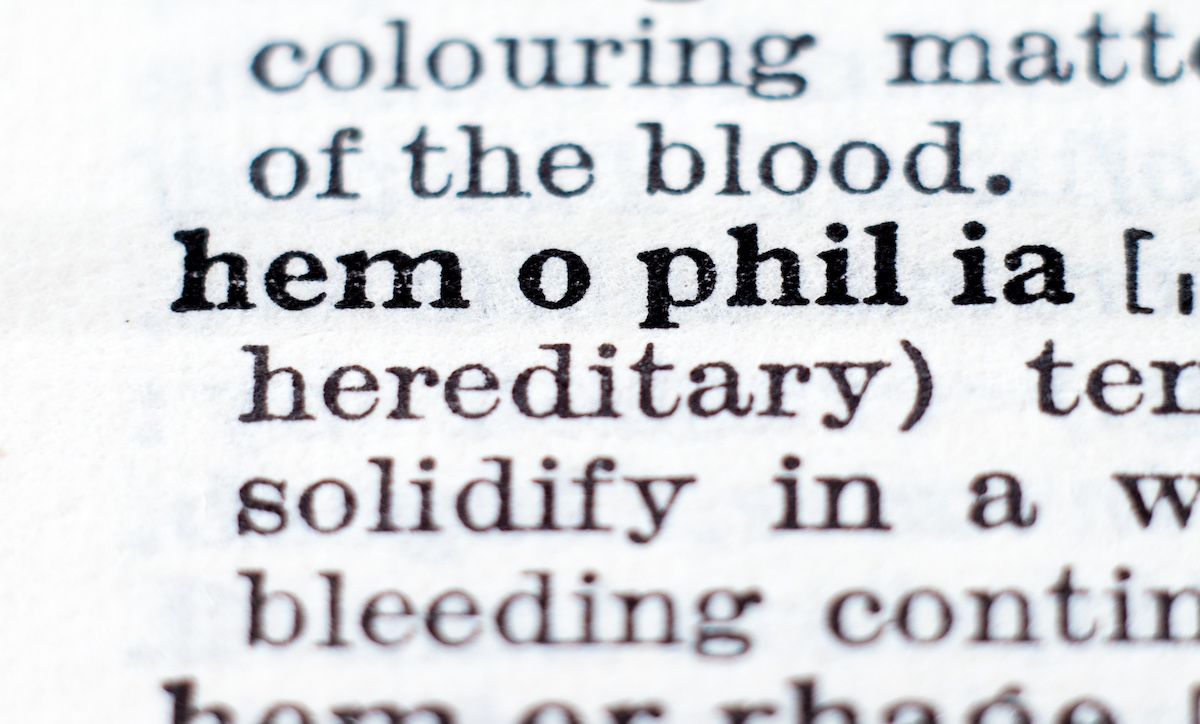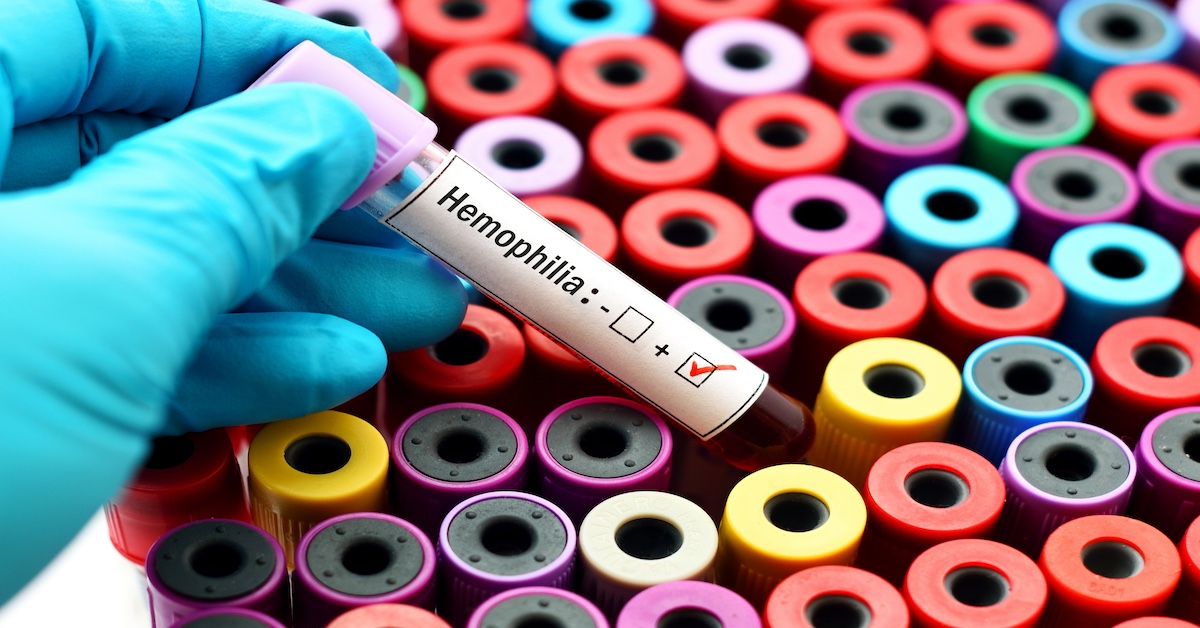News
Article
In Patients With Hemophilia A, Physical Activity Levels Low
Author(s):
A new study also found a lack of correlation between physical activity levels and bleeding episodes among people with hemophilia A.
Most people with hemophilia A do not meet physical activity recommendations, according to a new study, which also found that there was no apparent link between physical activity levels and bleeding episodes.
The report was published in the Journal of Clinical Medicine.1
Despite recommendations, there is relatively little evidence indicating the extent to which people with hemophilia A are routinely achieving recommended levels of physical activity. | Image Credit: © VitezslavVylicil - stock.adobe.com

Corresponding author Sara Bendinelli, PhD, of the pharmaceutical firm Roche, and colleagues, noted that regular physical activity is recommended for people with hemophilia A, because it can help “preserve function and rehabilitate joints and muscles after bleeding episodes.” It can also help patients maintain a higher quality of life, they noted. Yet, there is relatively little evidence indicating the extent to which people with hemophilia A are routinely achieving recommended levels of physical activity. One exception is a Norwegian study published last year that measured physical activity among males ages 13 to 30 with moderate or severe hemophilia A. It found physical activity levels were similar between people with hemophilia A and a group of age- and sex-matched controls.2 However, that study also found a significant gap between adults and teenagers. While 95% of adults with hemophilia A met the World Health Organization’s guidelines for moderate to vigorous physical activity, only 40% of adolescents with hemophilia A did.
In the new study, Bendinelli and colleagues wanted to better understand the interplay between bleeding episodes and physical activity.1 They also sought to put those data in the context of patients’ quality of life (QOL).
The authors set up a multicenter cohort study at 18 investigational sites in Italy. Patients were eligible for the study if they were between 12 and 50 years of age and had moderate or severe congenital hemophilia A without inhibitors. Patient data were tracked for 12 months using a smartphone application and Fitbit smartwatches.
A total of 103 people were enrolled in the study, but only about half of the patients (52.4%) used their fitness trackers for a sufficient amount of time to be evaluated for physical activity. Adolescents were the least likely age cohort to use their fitness trackers, the authors found, and adherence generally increased with age.
Among patients who were evaluable for physical activity, the investigators found patients tended to have low levels of physical activity and exercise intensity. More than half of the patients (52%) with sufficient physical activity data were classified as sedentary.
As with the Norwegian study, adolescents had the lowest levels of physical activity, even though at baseline, three-quarters of adolescents self-reported that they regularly exercised.
Notably, Bendinelli and colleagues found little correlation between exercise and bleeding reports. In all, 43.7% of the participants reported at least 1 bleeding episode, but in most cases it was associated with sedentary behavior. When investigators looked at patients with bleeding episodes to see if their physical activity levels were substantially different in the 2 days prior to the bleeding, they found no significant differences in activity levels from the overall observation period.
“This could suggest that other causes than PA (physical activity), for example, treatment adherence and type of treatment, might affect the number, frequency, and severity of bleeding,” the investigators said. “These outcomes might be particularly relevant considering the stringent monitoring of bleeding and PA being more accurate than in other studies and belonging to data systematically collected for 12 months in the real-world environment.”
However, Bendinelli and colleagues also cautioned that their sample size was small, and so these findings would need to be validated in a larger cohort.
In terms of QOL, the investigators said average values on the EuroQol 5D questionnaire did not change significantly over the course of the study.
The investigators said their findings show that adherence to exercise recommendations appears to be quite poor overall. They said it is important for physicians to emphasize the importance of exercise with their patients, in hopes of boosting adherence to those guidelines.
References
- Mancuso ME, Biasoli C, Marino R, et al. Physical activity, bleedings and quality of life in subjects with haemophilia A without inhibitors—a multicenter, observational Italian study with a wearable device. J Clin Med. 2024;13(11):3036. doi:10.3390/jcm13113036
- Matlary RED, Grydeland M, Glosli H, Rueegg CS, Holme PA. Physical activity in Norwegian teenagers and young adults with haemophilia A compared to general population peers. Haemophilia. 2023;29(2):658-667. doi:10.1111/hae.14752




